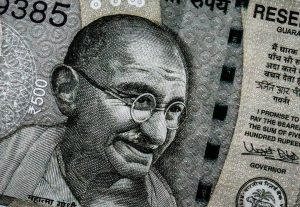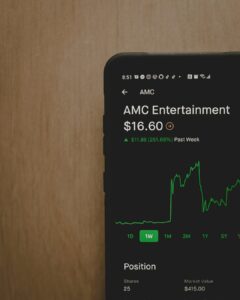Understanding Forex GBP/USD: A Beginner’s Guide to Trading
The foreign exchange market, also known as Forex, is the largest and most liquid financial market in the world. Traders participate in Forex to speculate on the future value of currencies, aiming to profit from the fluctuations in exchange rates. One of the most popular currency pairs traded in Forex is GBP/USD, which represents the British pound against the US dollar. In this article, we will delve into the fundamentals of trading GBP/USD, providing beginners with a comprehensive guide to navigate this dynamic market.
1. Introduction to GBP/USD:
GBP/USD is a currency pair that represents the exchange rate between the British pound (GBP) and the US dollar (USD). It signifies how many dollars are needed to buy one British pound. For example, if the GBP/USD exchange rate is 1.3000, it means that one pound is worth 1.30 dollars. Traders speculate on the future direction of this exchange rate, either buying (going long) or selling (going short) the currency pair.
2. Factors Affecting GBP/USD:
Several factors influence the GBP/USD exchange rate, making it an exciting pair to trade. These factors include:
a) Economic Indicators: Economic data, such as GDP growth, inflation rates, employment figures, and interest rates, can significantly impact the value of a currency. Positive economic indicators in the UK might strengthen the pound, while the opposite could weaken it.
b) Political Developments: Political stability and uncertainty can affect currency values. Events like elections, referendums, and policy changes can create volatility in the GBP/USD pair.
c) Monetary Policy: Actions taken by central banks, specifically the Bank of England (BoE) and the Federal Reserve (Fed), can impact the respective currencies. Interest rate decisions, quantitative easing, and monetary stimulus measures can influence the GBP/USD exchange rate.
d) Trade and Geopolitical Factors: Trade relations between the UK and the US, as well as global geopolitical events, can affect the GBP/USD pair. Trade agreements, tariffs, and international conflicts may impact the value of both currencies.
3. Trading Strategies for GBP/USD:
As a beginner in Forex trading, it is crucial to have a well-defined trading strategy. Here are a few popular strategies for trading GBP/USD:
a) Trend Trading: This strategy involves identifying the overall trend of the GBP/USD pair and trading in the direction of that trend. Traders can use technical indicators such as moving averages or trendlines to determine the trend and enter trades accordingly.
b) Breakout Trading: Breakouts occur when the price breaks through a significant level of support or resistance. Traders can enter trades in the direction of the breakout, expecting the price to continue moving in that direction.
c) News Trading: This strategy involves trading based on scheduled economic news releases. Traders analyze the impact of the news on the GBP/USD pair and enter trades accordingly. However, news trading requires careful risk management as volatility can be high during news events.
d) Range Trading: In range trading, traders identify levels of support and resistance and trade within the range. They buy near support levels and sell near resistance levels, profiting from price oscillations within the range.
4. Risk Management in GBP/USD Trading:
Managing risk is essential for successful Forex trading. Here are some risk management techniques to consider when trading GBP/USD:
a) Setting Stop Loss and Take Profit Levels: Stop loss orders are used to limit losses by automatically closing a trade if the price moves against the trader’s position. Take profit orders, on the other hand, automatically close a trade when the price reaches a predetermined level of profit.
b) Proper Position Sizing: Traders should determine the appropriate position size based on their account size, risk tolerance, and trading strategy. A general rule of thumb is to risk only a small percentage (e.g., 1-2%) of the trading account on any single trade.
c) Diversification: It is advisable not to focus solely on trading GBP/USD. Diversifying into other currency pairs can help spread risk and take advantage of different market opportunities.
d) Continuous Learning: Forex trading requires continuous learning and adaptation. Stay updated with market news, economic events, and technical analysis to make informed trading decisions.
Conclusion:
Trading GBP/USD can be an exciting venture for beginners in the Forex market. Understanding the factors that affect the GBP/USD exchange rate, implementing effective trading strategies, and managing risk are vital for success. As with any financial market, Forex trading requires practice, patience, and continuous learning. With dedication and a solid understanding of the market, beginners can embark on a profitable journey in trading GBP/USD.





